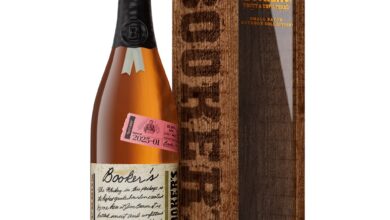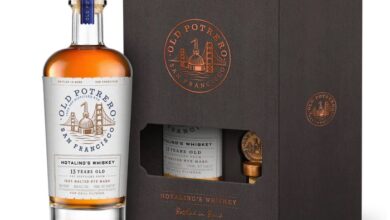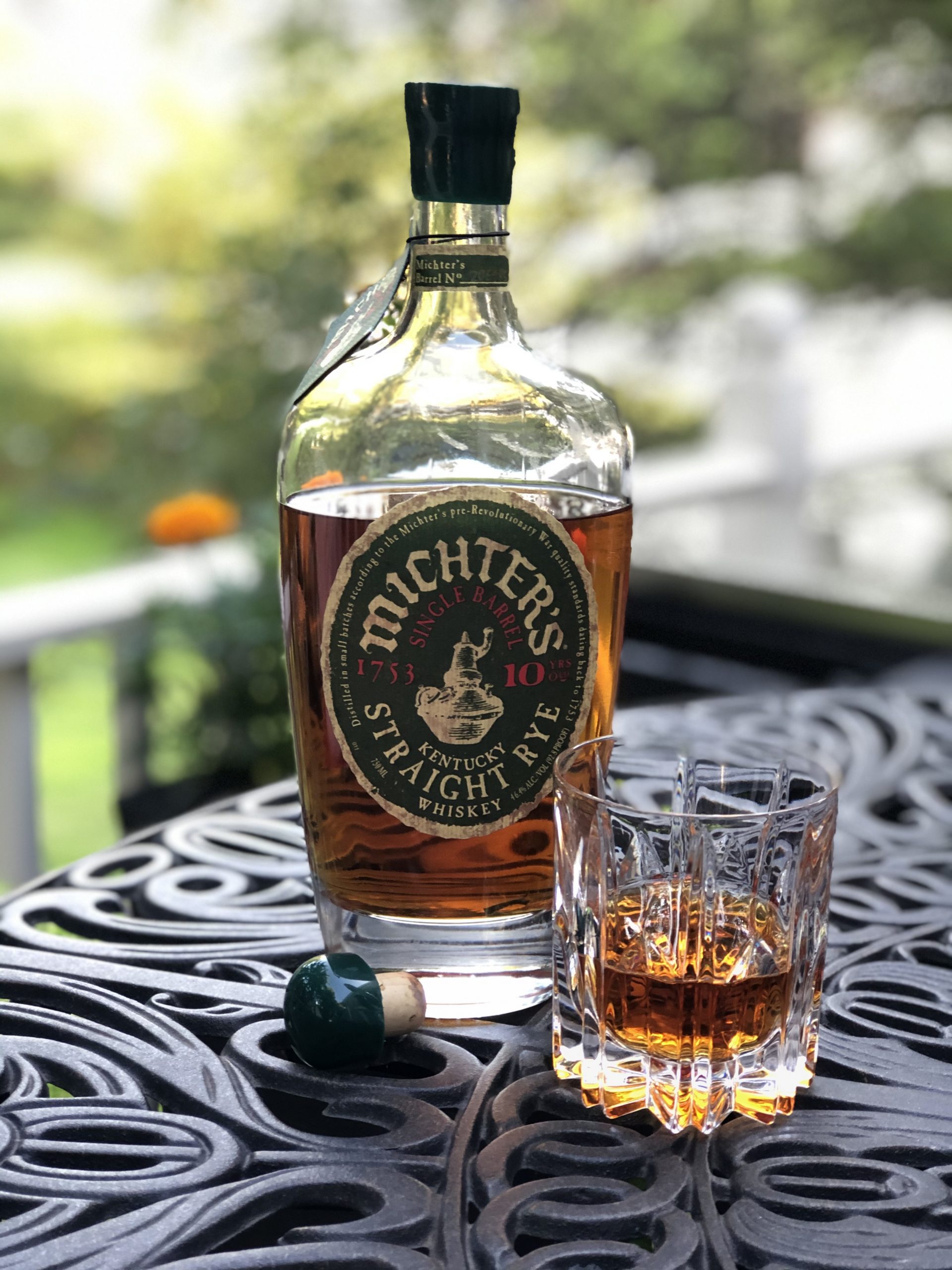Old Pogue Is Expanding, But Not Fast Enough For Fans
By Richard Thomas

(Credit: Richard Thomas)
Unsurprisingly, the American whiskey I am asked most often about whether I can help someone acquire is Pappy Van Winkle. The second-most asked after acquisition is the surprise, because it’s not George T. Stagg or W.L. Weller 12 Year Old, but Old Pogue. In a story that very much mirrors the renewal of the Bourbon industry, this revived family brand has gone from a reasonably priced premium staple to a pricey, sought after fan favorite and rarity.
Making Bourbon In Maysville
Any truly serious Bourbon history buff understands that the earliest foundation of Kentucky Bourbon isn’t in Louisville (though some there are desperate to claim it) or in the myths surrounding Elijah Craig, but in humble Maysville, Kentucky. Back in frontier times, the place that became Maysville was the river port landing of what was then Bourbon County, Virginia, where most of those farmer-distillers Bourbon fans have heard so much about were sending their wares for shipment to New Orleans. The first surviving recorded reference to “Bourbon Whiskey” was in a newspaper advertisement by a Maysville company.

(Credit: Richard Thomas)
Decades later in 1876, H.E. Pogue bought the Old Time Distillery of Maysville, where he was working as Distiller. The distillery produced Bourbon and Rye whiskeys, and the business was a successful, if tragic and unlucky one. Pogue was killed in an industrial accident in 1890, and his son H.E. Pogue II met with a similar fate in 1918. H.E. Pogue III returned from World War One service in the U.S. Navy to take over the family business, which was promptly shuttered by Prohibition in 1919.
Pogue continued in whiskey dealing, buying other distilleries and their stock, but got out as the stock ran dry in 1926. After 1933, perhaps recalling the deaths of his father and grandfather, Pogue III became a consultant to help others restart their distilleries, but sold his own rather than reopen it. Thus the Pogue distillery eventually came to be run by the booze conglomerate Schenley. From there it became an industrial ethanol plant during World War Two, and closed shortly thereafter. The original Pogue distillery burned down in 1973.
From Revival To Rarity
The return of Old Pogue begins with several descendants of the Pogue clan clearing and sorting memorabilia, and consequently passing the bottle around from a period stash of very old bottles of Pogue-made whiskey during the 1990s. They took some of this decades-old product to Sam Cecil, author of Bourbon: Evolution of Kentucky Whiskey, and what they learned from him propelled the Pogues into discussions with an unnamed distiller in Bardstown about reviving the brand.

(Credit: Richard Thomas)
Using the vintage Old Pogue as a model, the whiskey was produced and aged under contract, and relaunched in 2004. At that time it went for $34 a bottle, but it entered the market just as genuine, widespread interest in Bourbon was beginning to percolate. Old Pogue came to be well-received, and was eventually distributed to 18 states and overseas.
Rising sales prompted the Pogues to take more control over production, and they began work on building their own distillery, thereby returning whiskey production to Maysville. This facility, situated next to the family’s historic, antebellum house and overlooking the site of the original Pogue distillery, opened in 2012.
Those same sharply rising sales figures also led to Old Pogue becoming the scare, $110 a bottle commodity it is today. Old Pogue is a 9 year old Bourbon, and based on their original contract specifications, the company could only dump between 20 and 30 barrels per year. That meant a maximum of roughly 6,000 bottles per year, far less than a typical shipment of Pappy Van Winkle! Bit by bit, distribution of Old Pogue contracted, until now much of what they make is sold straight from the distillery.

(Credit: Richard Thomas)
Old Pogue Today
The Old Pogue Bourbon is a 9 Year Old, so the initial run from the Maysville distillery won’t reach maturation until 2021 at the earliest. In the meantime, the Pogues also put some effort into reviving the Rye-making part of their family legacy as well. They initially released a 110 proof, two year old malted Rye whiskey called Five Fathers, assuming an original Pogue brand.
This was followed in just the last several weeks with an older, Bottled in Bond version, one which also took up a vintage Pogue brand, Old Maysville Club. The extra two years have much improved upon this whiskey, and it will appear here as the featured review next week.
Opening their own distillery expanded production of Old Pogue up to 50 barrels per year. Yet even that doesn’t seem likely to satisfy long term demand, and the distillery is slated for an expansion in the middle of this year, adding a column still to the distillery and increasing output some fivefold.
Warehousing and bottling, however, remain and will continue in Bardstown. “Where we age the barrels is a very important part of the process for Old Pogue,” says Distiller John Pogue, “and one I would be reluctant to tamper with.”
What does this mean for the devoted fans of Old Pogue? As it stands now, the annual autumn bottling of Old Pogue sells out in four to five months, and the size of that bottling won’t expand until after 2021. It should expand again in 2026. So for now, the best bet for those seeking Old Pogue is to drive to Maysville sometime between November and February and buy it from the source.





We are looking for freshly dumped barrels for our Honey . Our bees our on Mayslick . We sell bourbon honey.